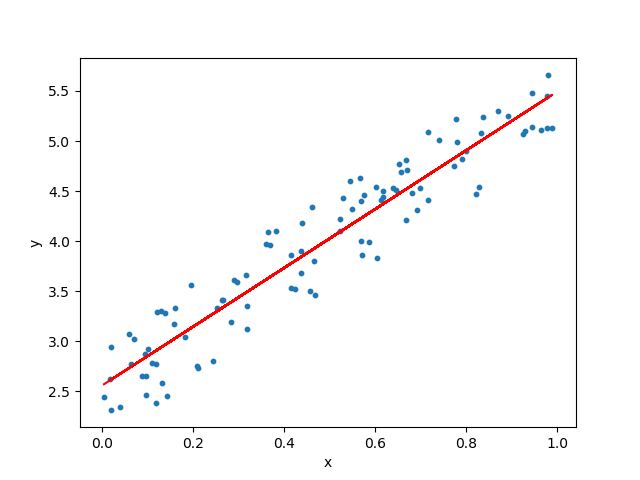

The code above provides the following output. The following code uses the np.polyfit() function to calculate the slope of a given line in Python.

The np.polyfit() function, contained within the NumPy library, can be utilized to find and return the slope and intercept of the given particular line with the set of coordinates of a line defined as arrays. NumPy, an abbreviation for Numerical Python, is a library provided by Python, which deals with arrays and gives functions for operating on these arrays. Use the NumPy Module to Calculate the Slope of a Given Line in Python The slope of the line is returned in a float datatype. Slope, intercept, r_value, p_value, std_err = linregress(x, y) The following code uses the linregress() method of the SciPy module to calculate the slope of a given line in Python. You can find the line’s slope using the linregress() function if we define the x and y coordinates as arrays. Here, we will use one such function: the linregress() function utilized to compute the linear least-squares regression for two given one-dimensional arrays of the same length. Apart from NumPy, SciPy contains a lot more modules used for stats, linear algebra, image processing, and optimization. Additionally, SciPy is heavily dependent on the NumPy library. SciPy, an abbreviation for Scientific Python, is a free-to-use and open-source library utilized to do technical and scientific computing of data in Python. Use the SciPy Module to Calculate the Slope of a Given Line in Python The function in the code above uses the general formula for the line’s slope and then returns its value. The following code uses a user-defined function slopee to calculate the slope of a given line in Python. We can create a user-defined function that implements this given formula for a given line. The mathematical formula for the slope of a given line is shown below. There is no need to learn the mathematical principle behind it. Use the User-Defined Function to Calculate the Slope of a Given Line in Python Luckily, SciPy library provides linregress() function that returns all the values we need to construct our line function. This article will demonstrate the different methods available to calculate the slope of a given line in Python. The scope of a line can also be calculated using the Python programming language. It also helps in characterizing the direction of a given line. In Mathematics, a slope of a given line is a value that computes its steepness.

Ssxm, ssxym, ssyxm, ssym = np.cov(x, y, bias=1).flat Slope, intercept, r_value, std_err = linregress(xs,ys)

The two lists should be two-dimensional, basically x and y values. I'm working on a program that can calculate the slope using the linregress native scipyy function, but I'm getting two errors (depending on how I try to fix it).


 0 kommentar(er)
0 kommentar(er)
